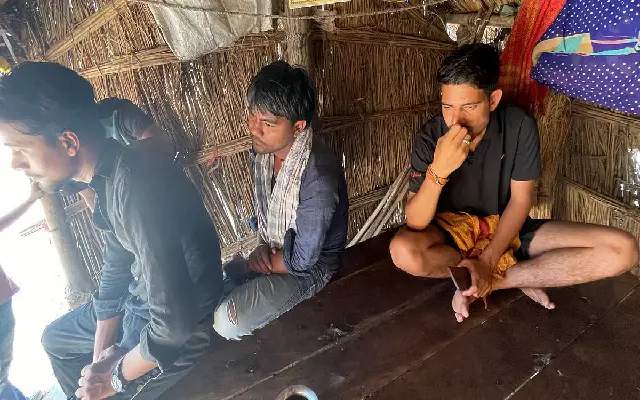Bengaluru: Blessed with bountiful monsoon rains this year, Karnataka is set to reap higher foodgrain production and recover from last year’s lower output following severe drought across the state.
“We expect a nearly 38 per cent jump in foodgrain production to 135 lakh tonnes this year (2017-18) from 98 lakh tonnes production last year (2016-17), thanks to very good monsoon rains in the past four months,” an official said.
The south-west monsoon rains from June to September were near normal in the southern state, with 4 per cent deficit at the end of the season in contrast to a whopping 20 per cent deficit in 2016, according to the regional meteorological department.
Though monsoon played truant in June and July, it made up in August and September to pour 80 cm rainfall across the state over the last four months as against 83 cm normal, as per the data recorded by the Met office.
Among the regions, north interior areas received 53 cm as against 50.6 per cent normal, resulting in 4 cm excess rainfall while south interior had 67cm as against 66 cm, an excess of 2 cm.
The monsoon, however, was not so active in the coastal areas, where the deficit was a whopping 16 per cent at 260 cm as against 308 cm normal.
As the second largest semi-arid state after Rajasthan in the upcountry, Karnataka is highly monsoon dependent for rains to fill its rivers, reservoirs in catchment areas and water bodies and boost agriculture production.
The yield is expected to be higher despite sowing in 64 lakh hectares of the 74 lakh hectares of farmlands due to late rains and lower moisture content.
“Truant monsoon and dry spells in June and July delayed farmers from timely sowing due to water shortage in fields although it gathered momentum with moderate to heavy rains in the subsequent months,” recalled the official.
Rice, wheat, sorghum, maize and millets are the major crops grown across the state’s four regions during the ‘kharif’ (rainy) and ‘rabi’ (winter) seasons. Last year’s drought hit rice and sugarcane output in the old Mysuru region.
Professor M.B. Raje Gowda of the University of Agricultural Sciences, however, said late sowing and excessive rains later would impact food production by 30 per cent from the state’s estimates.
“Heavy rains and excessive moisture in August and September affected plant population due to rotting. This could lead to 30 per cent lower output,” said Gowda.
Lack of moisture in the soil during June and July also delayed sowing operations in all the state’s regions due to erratic monsoon.
“Sowing for paddy (rice) was less for the kharif crop due to inadequate water in the fields that are depended on monsoon rains,” added Gowda.
With the met office predicting normal north-east monsoon from mid-October to mid-December, widespread rains in the state’s south interior areas will benefit farmers to achieve the foodgrain target for this year from rabi crop


















